Hadrian’s Wall is the most famous border installation of the Roman Empire. In addition, the 135 km (84 mile) long wall and nearby areas contain some of the best preserved Roman heritage sites in England. Anyone who visits, cannot avoid admiring the Roman architecture. After all, the wall has withstood the English weather for almost two thousand years! Our top ten facts about Hadrian’s Wall bring you astonishing and interesting facts about this unique structure closer.
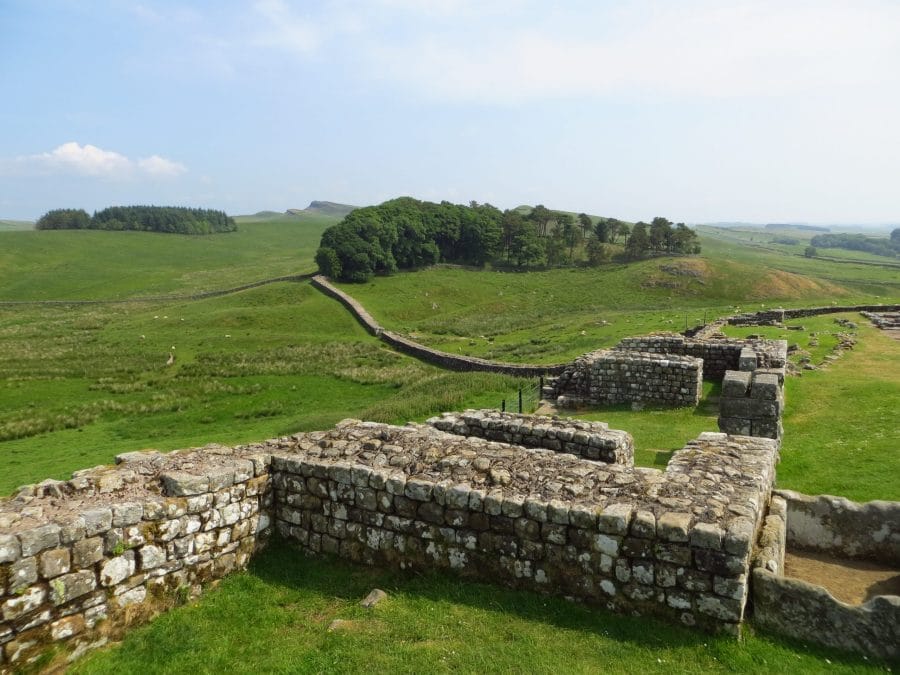
1. Who was Hadrian
Hadrian’s Wall was named after the man who decided it should be built, Emperor Hadrian. It marks the northernmost boundary of the Roman Empire in the second century AD. Hadrian personally visited the Wall in AD 122 to check the progress of the construction work. His strategy was: defend borders instead of expanding further.

2. Inexpensive building cost
Although Hadrian’s Wall took six years to build and employed a total of 15,000 soldiers, this major project was surprisingly cheap. The soldiers stationed in England would have received their wages anyway. And the building materials they used were available on site.

3. From East to West Coast
Hadrian’s Wall was built from east to west, stretching from one coast to the other. The border wall has a total length of 135 km and connects Newcastle with Bowness-on-Solway. If you walk along Hadrian’s Wall, you traditionally do so in the same direction.
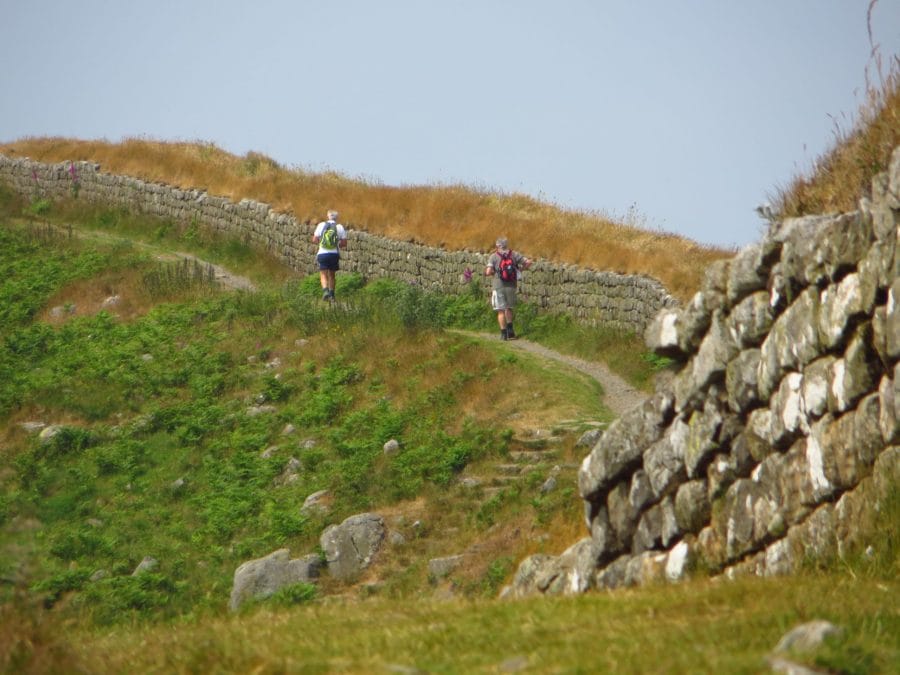
4. Inspiration for Game of Thrones
Have you heard of The Wall, the monstrous wall of ice from the popular Game of Thrones book and TV series? This ice border separates the Seven Kingdoms from the wildlings who live beyond the wall. Allegedly, author George R.R. Martin’s fictional border was inspired by Hadrian’s Wall.
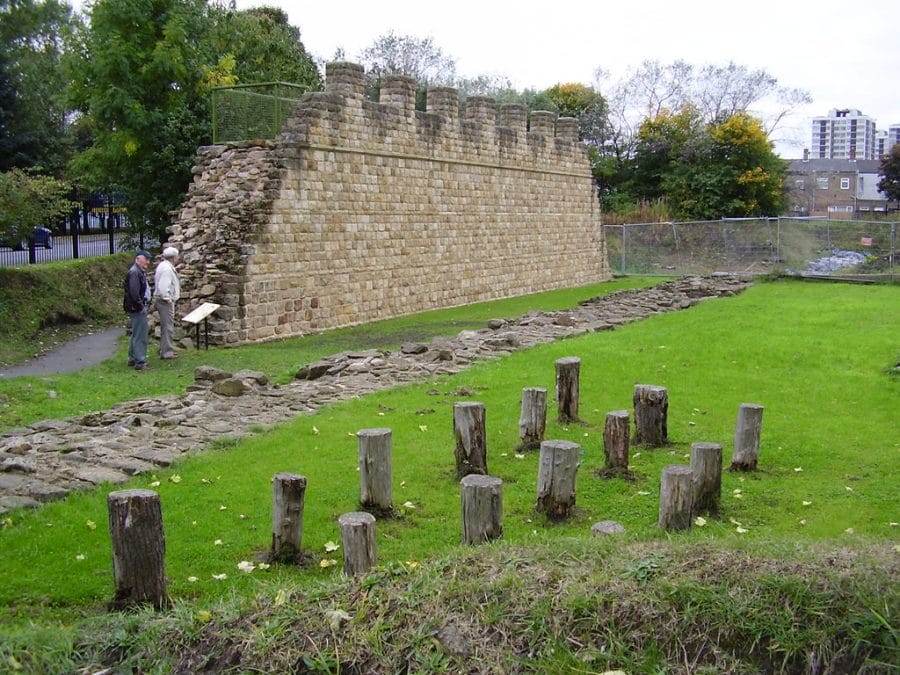
5. Hadrian’s Wall Preservation
Preserving the historic Hadrian’s Wall costs hundreds of thousands of pounds each year. English Heritage invests these sums of money to carry out necessary repairs to the ruins along the wall. It is also advised not to step on the original wall. Instead, hikers and visitors are asked to wander by it’s side, next to the trenches that the Romans themselves dug.
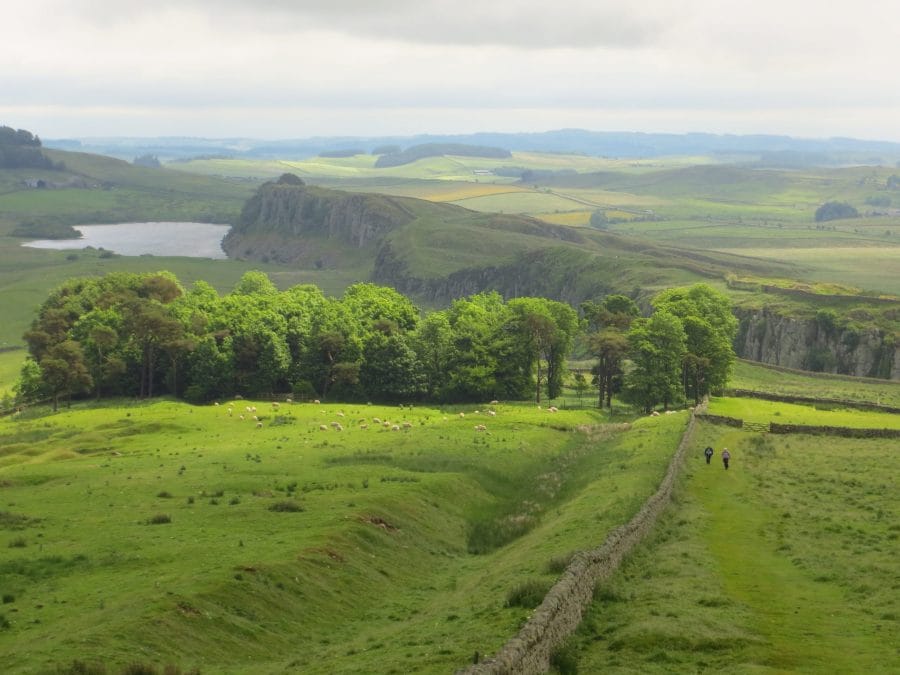
6. A Twin Wall
Hadrian’s Wall is not the only Roman border in England. Only twenty years after Hadrian’s Wall was built, the Antonine Wall was built further north. However, this was made of wood and is hardly preserved today.
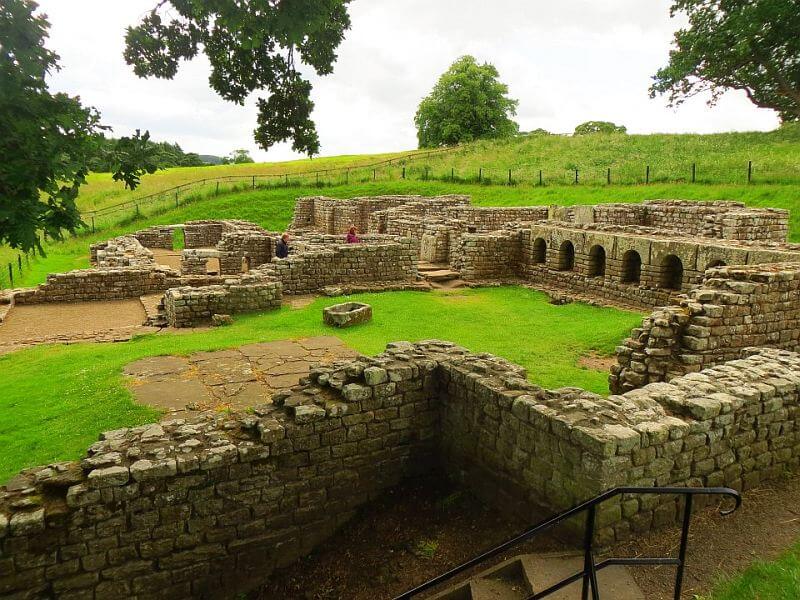
7. National Trail: Hadrian’s Wall Path
If you want to get to know Hadrian’s Wall in all its glory, you can hike its entire length. The 135km (84 mile) Hadrian’s Wall Path takes you along the border to all of the important Roman ruins. These mainly include barracks, but also facilities for non-military purposes such as temples.
Hadrian’s Wall Path is also considered the easiest of England’s 16 National Trails as it is relatively flat but also includes a lovely hill section in the middle of the trail.
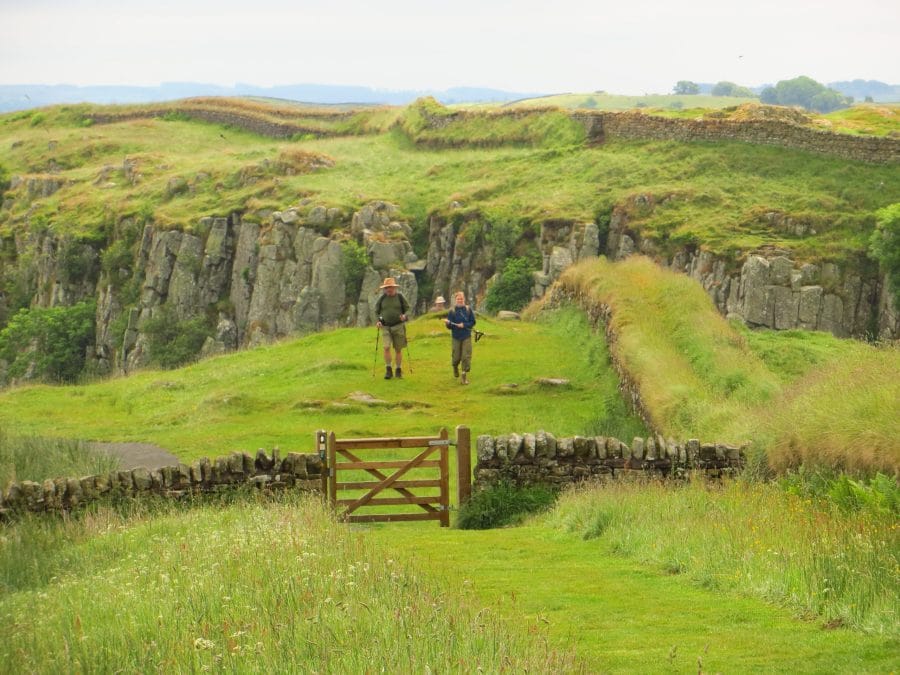
8. Hadrian’s Wall stone notes
An excellent museum awaits you in Vindolanda, about halfway along Hadrian’s Wall. Above all, the exhibition provides an insight into everyday life in the garrison. For example, how many food rations had to be bought and who was homesick. The most famous finds from the excavations in Vindolanda are well-preserved tablets.

The Vindolanda tablets. Photo: wikimedia_Michael wal: license.
9. Early Recycling
Many parts of Hadrian’s Wall no longer stands today. This is because the residents began to use the border facility for their own purposes after the Romans withdrew. So it’s stones were used for the construction of houses, barns and other buildings. Some of these are now B&Bs and Inns that you can stay in or even pubs.
Thus, an early example of recycling.

10. Robin Hood’s tree
Sycamore Gap is home to the most famous tree on Hadrian’s Wall and perhaps even in England. The plane tree that hugs the gap between the hills is the most photographed motif on the border path. This is certainly due, among other things, to her appearance in Robin Hood – King of Thieves. Kevin Costner rested in its shadow after a dramatic scene. It’s certainly a highlight to any visit to Hadrian’s Wall.



